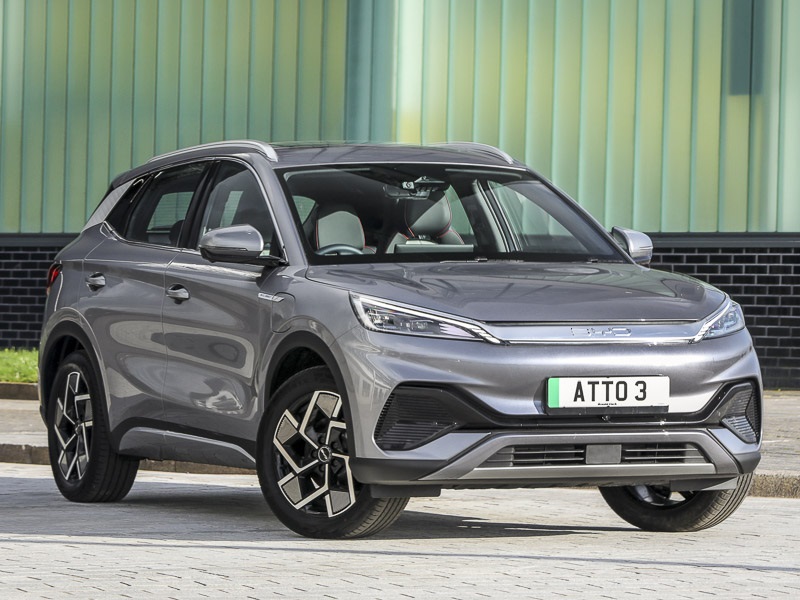Autonomous driving technology has rapidly evolved in recent years, promising to transform the way we commute and travel. From self-driving cars to automated vehicles, the advancements in this field are paving the way for a safer, more efficient, and convenient future on the roads.

The Rise of Autonomous Vehicles
Autonomous vehicles, also known as self-driving cars, are equipped with sensors, cameras, and artificial intelligence algorithms that enable them to navigate roads and traffic without human intervention. Companies like Tesla, Google’s Waymo, and Uber have been at the forefront of developing and testing autonomous vehicle technology.
These vehicles use a combination of technologies such as lidar, radar, and GPS to perceive their surroundings, detect obstacles, and make decisions in real-time. The goal is to create a transportation system that is safer, more reliable, and environmentally friendly.
Benefits of Autonomous Driving Technology
- Enhanced Safety: One of the primary benefits of autonomous driving technology is the potential to reduce accidents caused by human error. Self-driving cars can react faster to hazards and follow traffic rules consistently, leading to fewer collisions on the road.
- Improved Traffic Flow: Autonomous vehicles can communicate with each other and adjust their speed and routes to optimize traffic flow. This can help reduce congestion and make commuting more efficient for everyone.
- Accessibility: Self-driving cars have the potential to improve mobility for people with disabilities, the elderly, and those who are unable to drive. This technology can provide greater independence and freedom for individuals who may have difficulty using traditional transportation methods.
- Environmental Benefits: Autonomous driving technology can lead to more fuel-efficient driving patterns, reducing emissions and contributing to a cleaner environment. By optimizing routes and driving behaviors, self-driving cars can help minimize the carbon footprint of transportation.
Challenges and Future Outlook
While the potential benefits of autonomous driving technology are promising, there are still challenges that need to be addressed. Concerns about data privacy, cybersecurity, regulatory frameworks, and public acceptance remain key hurdles to widespread adoption.
However, as technology continues to advance and autonomous vehicles become more sophisticated, the future of transportation looks bright. With ongoing research and development, we can expect to see more autonomous vehicles on the roads, offering safer, more efficient, and convenient travel options for people around the world.
Embracing autonomous driving technology is not just about innovation it’s about reimagining the way we move and shaping a more connected and sustainable future for all.

